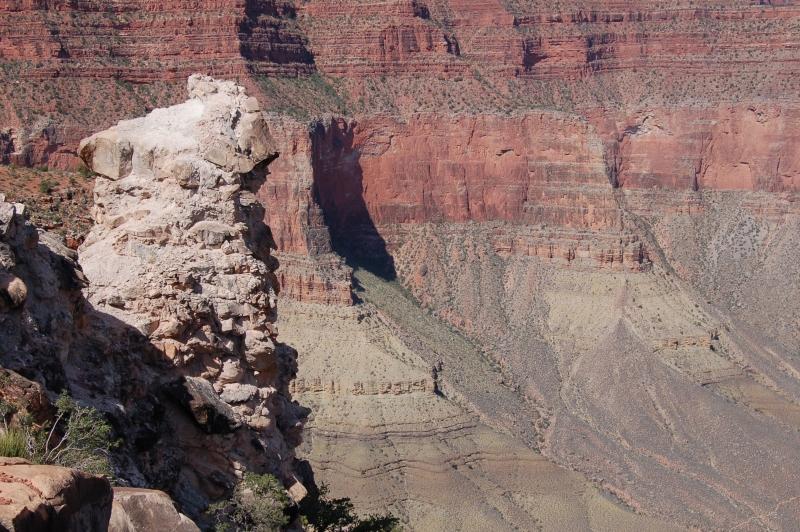When mineral withdrawals — blocking mineral access on federal land — were established during the Obama administration, the backlash was nothing less than catastrophic to places like Northern Arizona’s breccia pipes, which hold the nation’s largest source of high-uranium ore.
“America’s nuclear power plants are clean and release no carbon emissions, making these deposits in Northern Arizona an almost perfect remedy for our electricity-dependent nation,” says Steve Trussell, executive director of the Arizona Mining Association.

In a release published by the Arizona Mining Association, Myron Ebell, director for the Center for Energy and Environment at the Competitive Enterprise Institute, had this to say about the effects of mineral withdrawals: “The negative effects of large-scale withdrawals of federal lands from mineral entry extend far beyond depressing mineral production in the United States. These withdrawals also destroy high-paying jobs, undermine rural economies, and contribute to locking up the vast federal estate. Revoking the withdrawals made by the previous administration is a good first step, which should be followed by a comprehensive review of all the lands that have been withdrawn over many decades.”
In response to the lasting impact of the mining withdrawals on the mining industry and surrounding communities, the Arizona Mining Association, the Southern Arizona Business Association, other withdrawal advocates and members of Congress sent a letter to President Trump and agency heads. The letter requested a comprehensive review of all mineral withdrawals implemented by the previous administration, furthermore requesting a reversal of any that are shown to be without merit.
“As of now, there is no certainty on a withdrawal reversal timeline,” says David P. Kimball, III, shareholder and head of Gallagher & Kennedy’s Environmental and Natural Resources Practice Group. “In light of this administration’s willingness to re-evaluate the withdrawal, it has given us an opportunity to identify rules and regulations to reconsider the current mining restrictions.”
Going back to the breccia pipe geological formations: The current mining restrictions mandate that no uranium can be mined from the strip for 20 years, according to Kimball, who explains that this equates to a whopping 1 million acres currently withdrawn.
“What was so disappointing,” Kimball says, “was that the highest-grade uranium that would have been profitable for power and defense needs was shut down. In addition, the withdrawal countered the congressional act of 1984 in which we agreed upon no mining in 40 percent of the land and Congress compromised that 60 percent of the remaining land could be mined for high-grade uranium deposits.”
According to Kimball, the one-million-acre withdrawal from the Northern Arizona mining strip in 2012 was in violation of the federal government’s own environmental statement, which in accordance with the National Environmental Policy Act and Environmental Impact Statement clearly stated that no environmental impacts would have been caused as a result of mining uranium deposits.
With tens of millions of dollars lost from the elimination of all but one operating mining source on the strip, what could a reversal mean for Arizona’s mining industry?
For one, it could allow our nation’s nuclear power industry to utilize its own uranium sources. Currently, 92 percent of uranium used in the U.S. comes from foreign sources. Not only is this an economic game-changer for Arizona, the secondary advantages of mining withdrawal reversals could offer mass employment opportunities for the mining industry and the added assurance that uranium mining could once again be under the jurisdiction of the heavily monitored Environmental Protection Agency, as opposed to the majority of foreign bodies that are not equally bound to environmental laws.
As we wait for the fate of mining withdrawal reversals, what happens in the interim?
“We can educate ourselves on the truth surrounding the environmental implications of mining withdrawals,” Kimball suggests. “There was no public health risk. Federal action was taken without taking into account the local economic impact, which has been significant. It’s time to find the story behind the story.”




